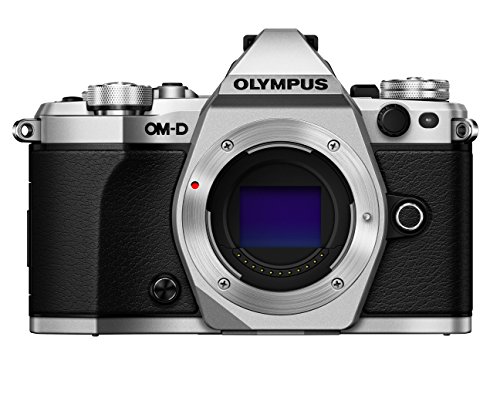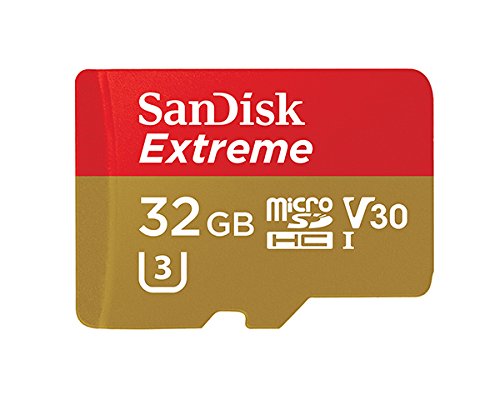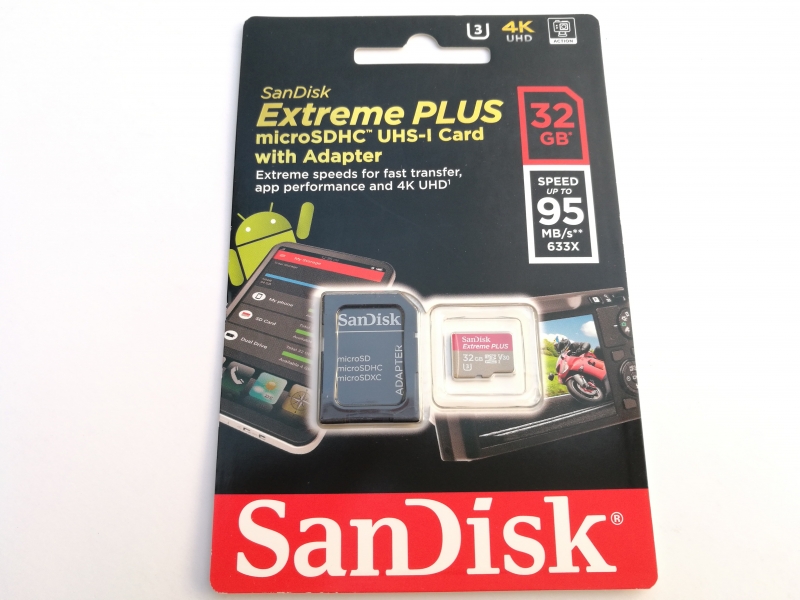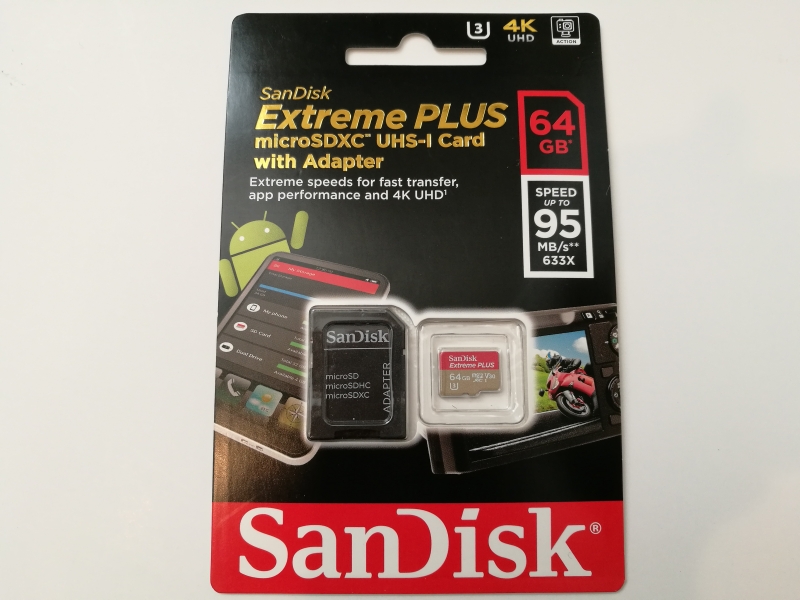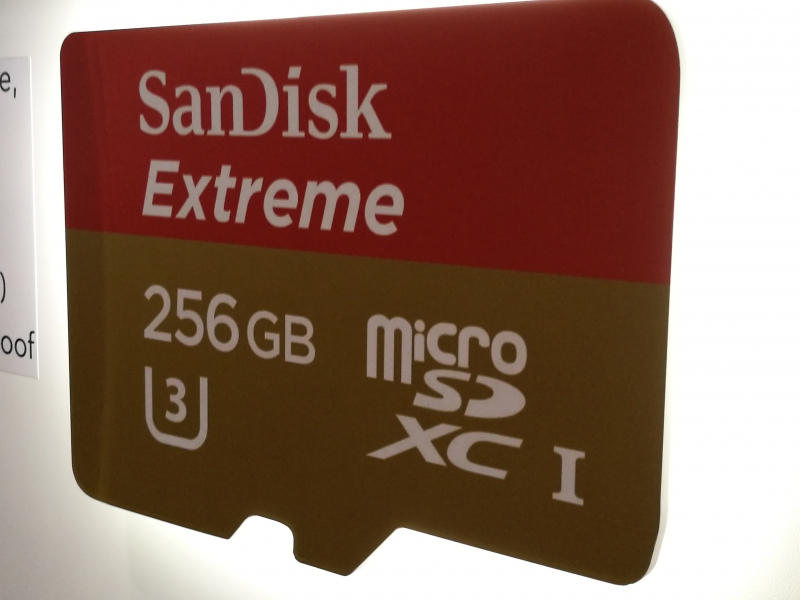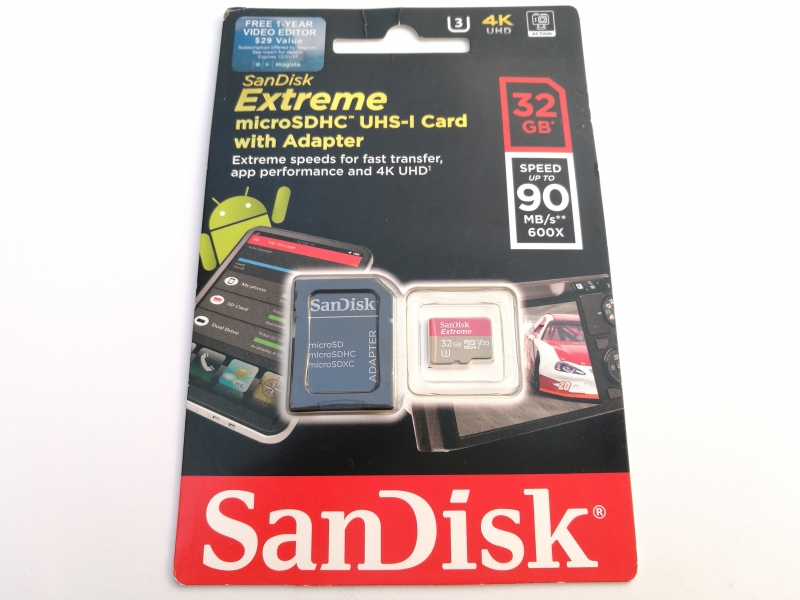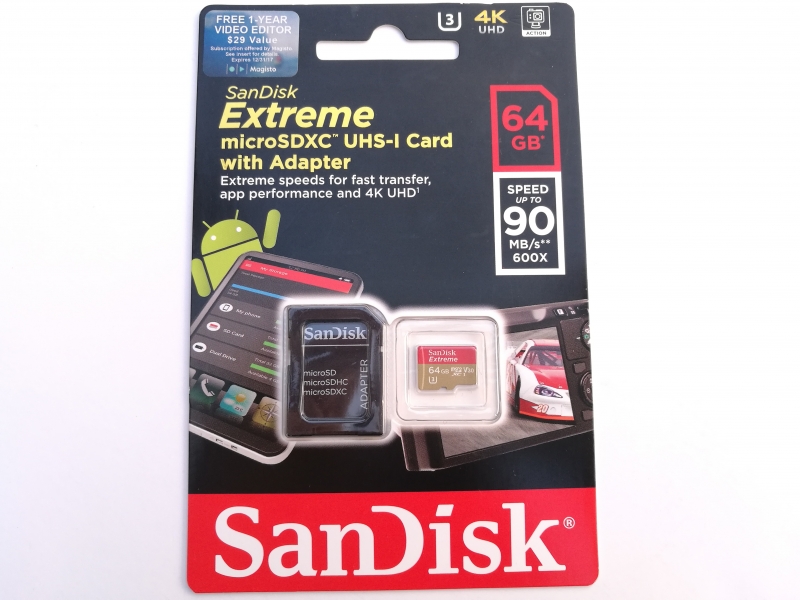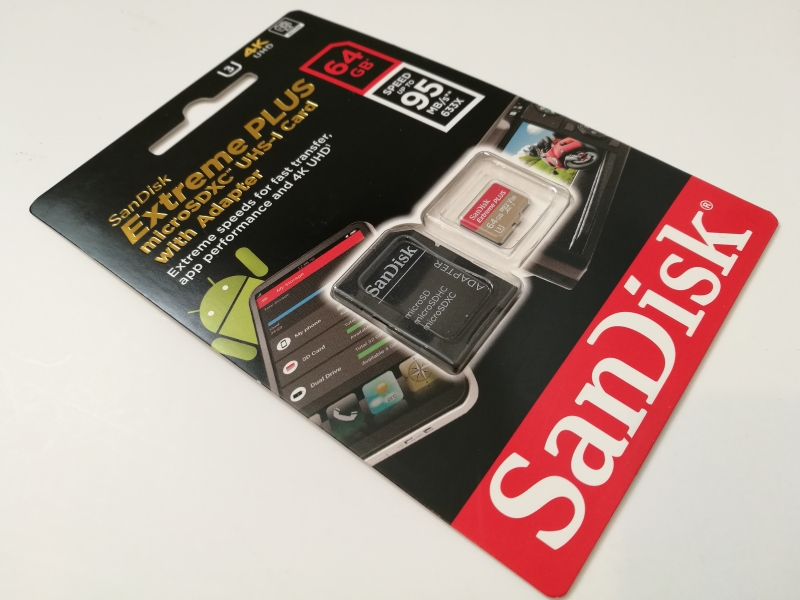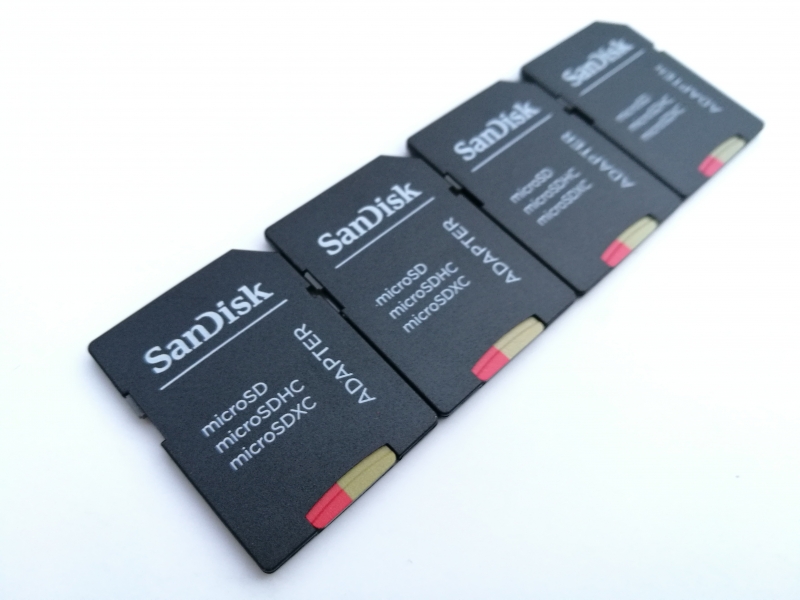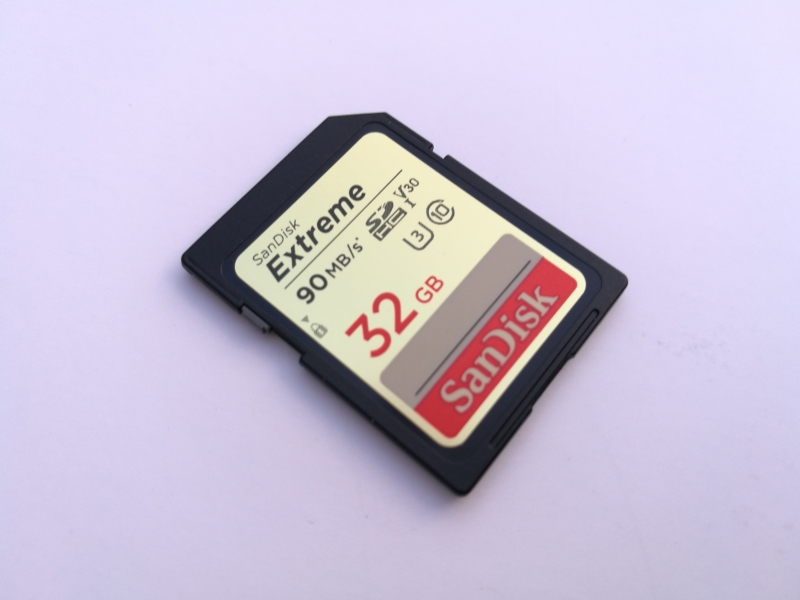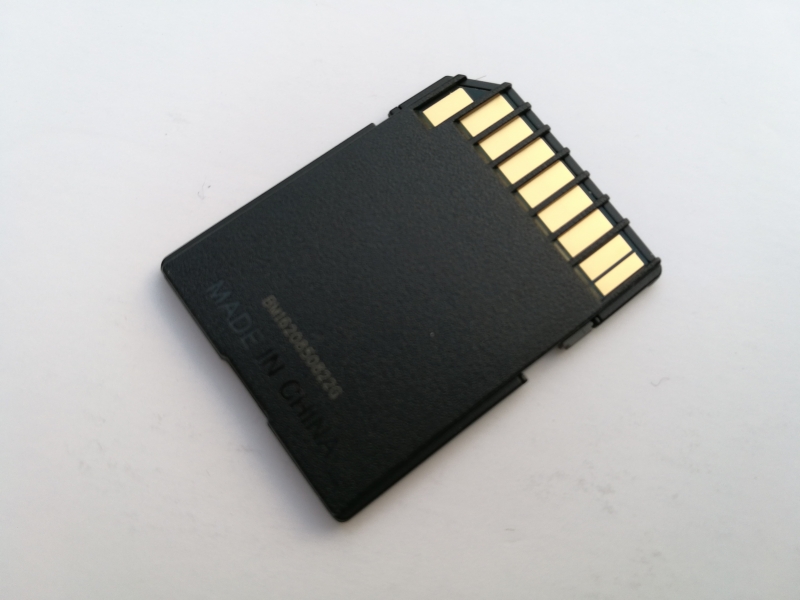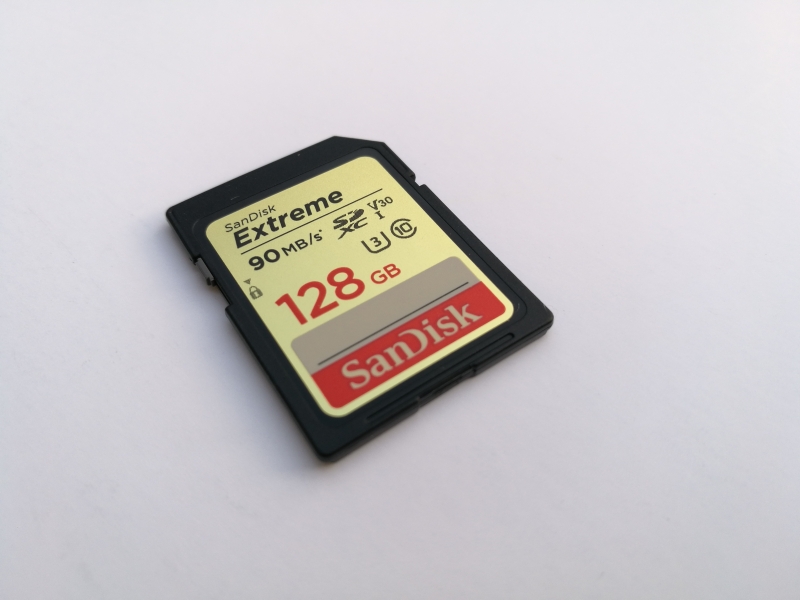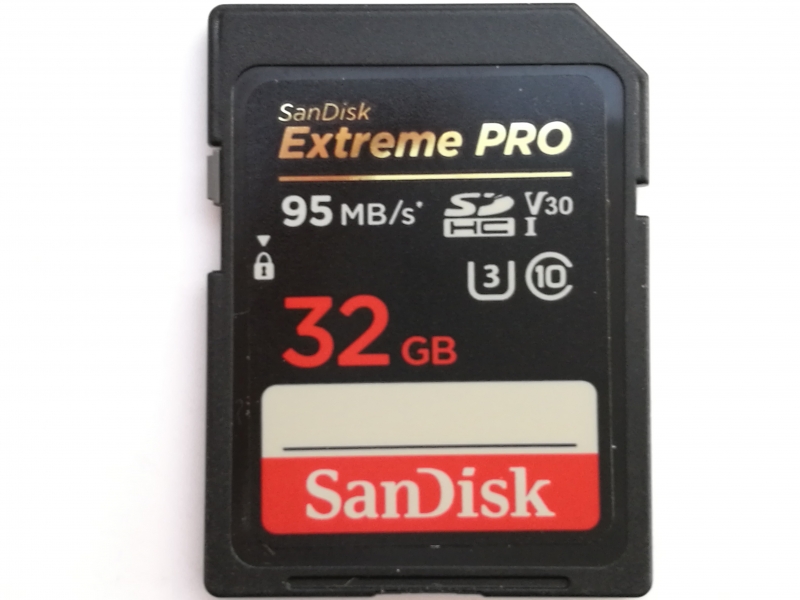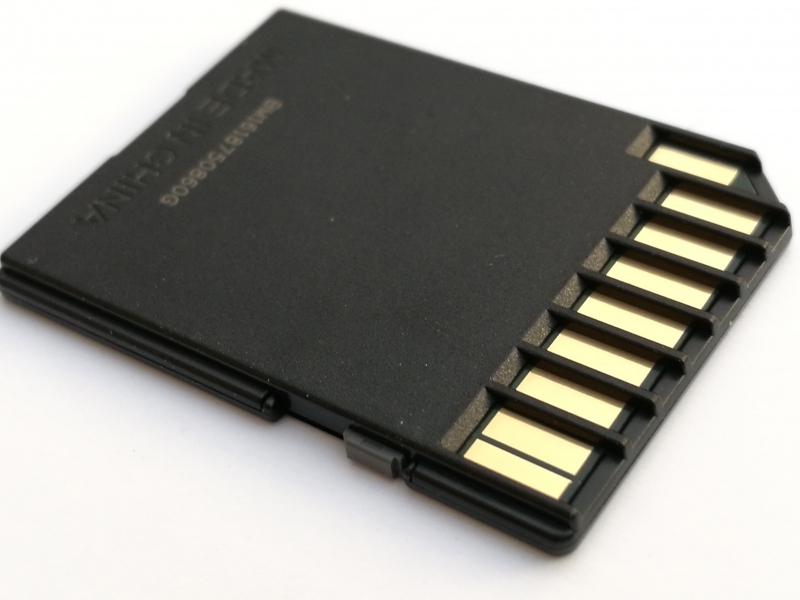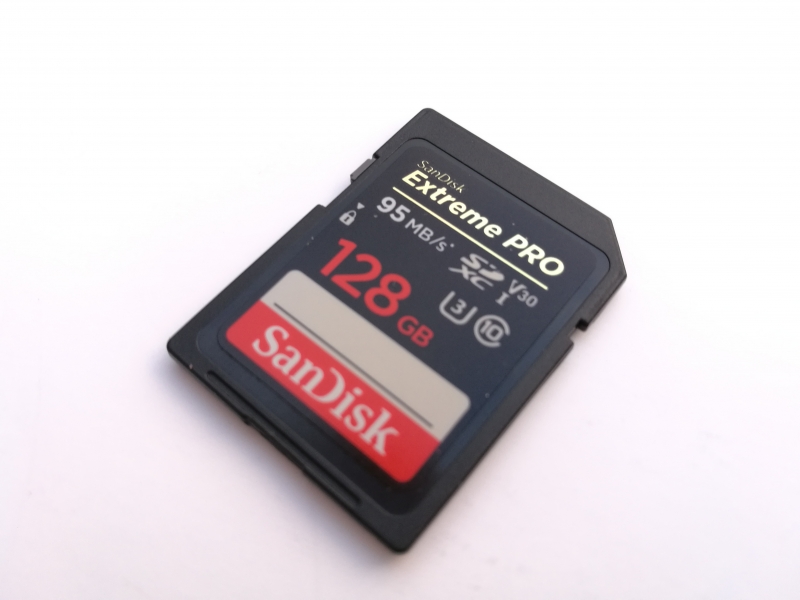The popularity of 4K Ultra HD action, drone, and 360 virtual reality video cameras have driven up the need for higher performance SD cards. However, looking at all the markings on a SD card, it might not be too clear what cards to buy and tempting to just buy the cheapest one you see.
What makes things more confusing is that many devices using SD cards don't make it clear what type of SD card technology is supported. One of the reasons for this is SD Association requires SD card vendors to provide a lot of details about the cards themselves but leaves it up to camera, phone, and PC companies to describe what types of cards they support. At best, the only descriptions typically used are support for microSD and perhaps SDHC/SDXC. This means that the average user is left to their own devices to match the right SD card based on the application they are using it for and perhaps user manuals.
With most camera cameras nowadays supporting SDXC to take advantage of the minimum 64GB of storage available using the SDXC format (note SDHC only goes up to 32GB) and SDXC card slots also accepting SDHC cards, the only thing capacity wide the user nowadays needs to focus on is 32GB, 64GB, 128GB, 200GB, 256GB, or 512GB based on how much video content they want to store and budget limits.
With capacity choices simplified, speed and performance is the only thing left for users to decide on. Here, unfortunately all the different speed related icons on a SD card can be daunting to understand and represent more how the SD technology has evolved over many years. To represent performance, the SD Association initially used Class 2, 4, 6, 10 to represent minimum sequential write speed of the card (with Class 10 representing 10MB/s). With the advent of SD 3.0 and SD 4.0 which used the SD UHS-I and UHS-II standards, the SD Association started to use UHS speed classes U1 and U3, with U3 representing 30MB/s minimum sequential write speed. There is also a I and II mark to represent use of UHS-I and UHS-II standards respectively.
However, both UHS-I and UHS-II cards can now support U3 so there wasn't a way for UHS-II cards to denote their higher performance over UHS-I cards. As a result, independent of the SD logo standards, SD card vendors started to print out their own MB/s speed claims on their cards and packaging so they can better communicate to users the performance differences between their cards.
To help make things easier for 4K video users, the SD Association has tried to simplify things with the Video Speed Class standard. With the Video Speed Class standard, users can determine which SD cards can sustain minimum sequential write speed needed to support 4K and 8K video recording. While the MB/s speed value written by the SD card vendors usually represent peak transfer rates (more representative of doing a lot of small file transfers quickly before internal buffer memories become full and bottlenecked), the V6, V10, V30, V60, and V90 Video Speed Classes represent what sequential write speeds SD card can support over a long period of continuous video recording. For example, V30 represents 30MB/s which is the minimum needed for 4K video recording and in some ways a rebranding of the U3 UHS speed class used by UHS-I cards. UHS-II cards can probably take advantage of the Video Speed Class V60 (60MB/s) or V90 (90MB/s) which supports both 4K and 8K recording. Note the Video Speed Class also supports multi-file recording to handle recording of GPS location, height, and time/date while the video is being recorded.
SanDisk was the first to release UHS-I based SD cards using the new Video Speed Class V30, making it easier for users to choose the right SD cards for 4K video recording. Given the explosion of 4K recording options in smart phones, action cameras, drone based cameras, 360 VR cameras, choosing the right SD card is more important than ever to prevent video frame drops and the camera from freezing up during long records.
SanDisk was the first to release SD cards supporting the Video Class standard (all V30) with the following cards. You can click on the links below to see what 4K recording devices these products work well with.
SanDisk MicroSD form factor for phones, action & drone cameras, 360 VR cameras
SanDisk Extreme microSDHC UHS-I Card with Adapter (2016) (32 GB)
SanDisk Extreme microSDXC UHS-I Card with Adapter (2016) (64 GB)
SanDisk Extreme Plus microSDHC UHS-I Card with Adapter (2016) (32 GB)
SanDisk Extreme Plus microSDXC UHS-I Card with Adapter (2016) (64 GB)
All of these microSD cards from SanDisk have adapters so they can be used in standard SD card slots.
SanDisk Standard SD form factor for traditional Digital SLR and Video Cameras
SanDisk Extreme SDHC UHS-I Card (2016) (32 GB)
SanDisk Extreme SDXC UHS-I Card (2016) (64 GB, 128 GB, 256 GB)
SanDisk Extreme Pro SDHC UHS-I Card (2016) (32 GB)
SanDisk Extreme Pro SDXC UHS-I Card (2016) (64 GB, 128 GB, 256 GB)
So far, SanDisk hasn't used the new Video Speed Class for their UHS-II cards like the SanDisk Extreme Pro SDHC UHS-II Card (32GB) and SanDisk Extreme Pro SDXC UHS-II Card (64GB), and SanDisk Extreme Pro microSDXC UHS-II Card with USB 3.0 Card Reader (128GB). There are still only a few cameras taking advantage of the UHS-II speeds such as the Samsung NX-1, FujiFilm X-T1, FujiFilm X2-Pro, and Olympus E-M5 mark II, and we'll still need to wait for 8K cameras taking advantage of UHS-II.
With the new Video Speed Class, it should be easier than ever for users to find the right the right SD card to record their 4K video. However, it might take a while for video camera makers to start referring to the Video Speed Class and still refer to the UHS and legacy SD speed classes for quite some time.
 GTrusted
GTrusted





